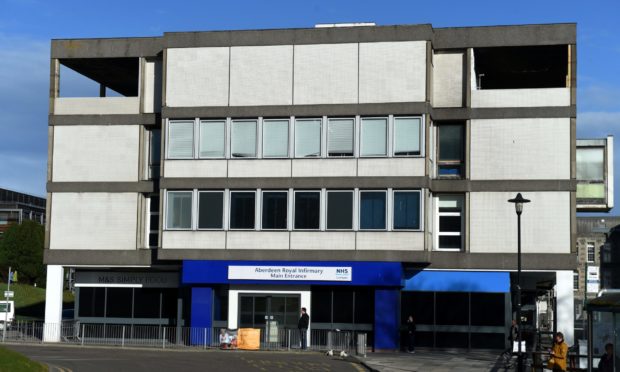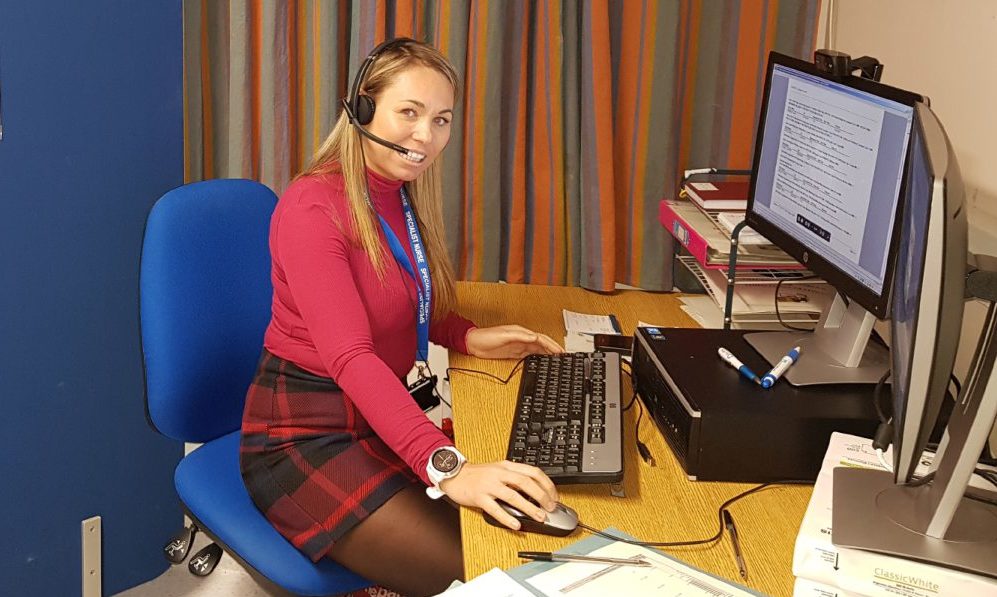Hundreds of pensioners have been spared from hospital stays thanks to a scheme designed to cut down on unnecessary admissions.
Over the last year, the Hospital At Home initiative has saved 308 elderly patients from having to spend time on the wards.
It has also allowed a further 168 to be discharged earlier, and receive the final part of their treatment at home.
The scheme was set up in June 2018, and its impact so far will be examined at next week’s city council risk, audit and performance committee.
It gives people hospital-level care without them having to leave their home and can cover conditions including pneumonia, sepsis, delirium and neurological disorders.
Hospital At Home patients can be given tests such as ultrasounds and urgent bloods, also without requiring admission to a ward.
The report, going before councillors next week, shows the scheme can help save the health service a large sum of money.
When considering at-home respiratory physio, the average cost per case is just over £250.
If treated as an inpatient at Aberdeen Royal Infirmary this would rise to £3,615.
And, if they were admitted to hospital, each bed day would equate to £583.
It was calculated the four patients helped in this way saved 49 bed days – worth around £28,500.
While analysing the service, health bosses also surveyed a number of past patients, including one who said: “I was amazed at the amount of help I received.
“Each person knew exactly what they were going to do and did it all so cheerfully and willingly.”
Teams were also praised for spending time with patients to make a “true assessment” and give them “as good a quality of life as possible”.
Boost for remote consultations
The report, evaluating the progress of the overall Operation Home First project, also revealed usage of the Near Me scheme has soared 40-fold over the last year.
It allows patients to attend medical appointments virtually, via video call, rather than in person.
In February 2020, before the Covid-19 pandemic swept the country, around 80 such consultations were being held each week.
One year later, this figure had rocketed to more than 3,500.
The number of locations using the system rose from 16 to around 200, while the number of laptops issued to medical staff for the service almost doubled.

